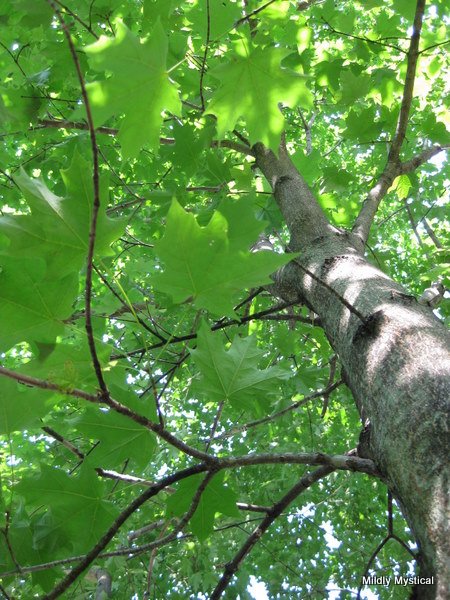The power of ceremony and ritual was evident in the British royal wedding this weekend. It offered a wealth of archetypal images—of union and strength, new beginnings and promise, grandeur and reverence. Many of its elements seemed straight out of a fairy tale. But what I keep remembering is the sight of English Field Maples lining the aisle inside Westminster Abbey.
It was lovely to see life that was fresh, green, and growing inside a sacred space a thousand years old. We have a need for the sturdy structures of the church and its traditions. They can help us contain and interpret the most important moments of our lives. Ideally, religious rituals and teachings help lift our joys to the light and bear us up under the weight of our sorrows. But to fulfill their role to the fullest those practices must meet our lives, and the culture and climate in which we live them, in a meaningful way.
For this to happen we must take responsibility for engaging with the traditions and leaders of the church. We need the courage to express our genuine questions, needs, longings, and aspirations. And at the same time, the church needs to respond with openness, granting a blessing upon our willingness to wrestle with angels in the dark. Where this is possible, the church will be a shelter for green and growing faith that transforms the world. But where we just go through the motions, all that remains is ritual drained of life.
The church helps us live into the truth that our lives are part of something greater than ourselves. But the trees in the abbey speak a message as well: the church is charged with fostering something more important than its traditions; its role is to foster life.
What can we do to live a green and growing faith, and to help build a church that fosters it?


I love your words “a green and growing faith”! And your photo, which catches an expression of it.
Thank you!
Thank you, George Ella. Trees are such a source of inspiration for me, and seem an apt metaphor for how faith grows. It’s good to know those words meant something to you.